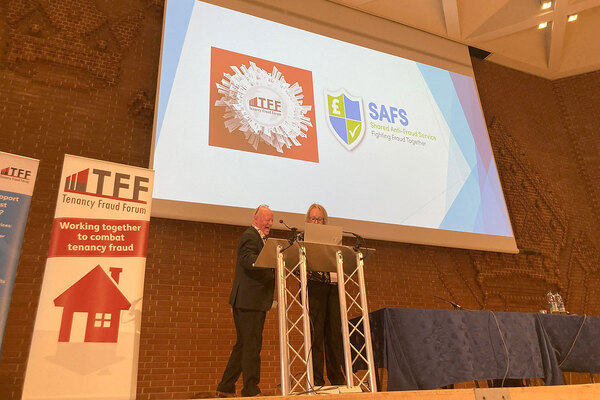You are viewing 1 of your 1 free articles
The Thinkhouse Review: the state of the housing sector exposed and ideas for a brighter future
Anna Clarke reveals what she thinks is the must-read housing research from the past month – and what it tells us about housing supply, supported housing and the future shape of retrofit
First up, the ever-reliable House of Commons Library series has produced a briefing on Tackling the under-supply of housing in England. It reviews the evidence on how much housing we need, looks at trends in supply, and then asks what the barriers and solutions are to building more.
It’s good to see this report reminding us of the political consensus that we do need a lot more housebuilding in England. At the time of the 2019 election, the three major parties all committed to 300,000 new homes a year – a rate the report notes hasn’t been achieved in the past 50 years.
In terms of how we fix it, the evidence is reviewed on all the main theories commonly put forward. It looks at use of public land and some of the reasons it hasn’t brought new housing forward as quickly as hoped.
The role of local authorities and housing associations in increasing the supply of affordable housing is also explored, with suggestions for how to increase this including more flexible and longer-term funding as well as higher grant rates.
The report looks at ‘land banking’ as a possible reason for low supply, but concludes there is little evidence of this. The need for new infrastructure and systems for capturing land value uplift are considered, both topical issues as the government moves ahead with the Infrastructure Levy and Labour proposes new compulsory purchase order powers to capture the uplift.
The role of planning is also considered, with the resourcing constraints that are currently slowing down the process usefully highlighted.
Most of the sources reviewed are a few years old and don’t capture the very recent impact of housing market slowdown, rising construction costs, and new planning and building safety requirements that are causing current issues in new housing supply.
Despite this, it’s a really solid, thorough and valuable addition to the House of Commons Library series.
Two of the reports look at supported housing.
The National Audit Office’s Investigation into supported housing was commissioned in response to concerns from MPs about the rise in short-term supported housing. It outlines the scale and composition of the sector – who lives in it, how it’s funded and how it’s regulated, alongside reviewing the government’s recent efforts to improve the sector.
Complementing this nicely, the Collaborative Centre for Housing Evidence (CaCHE) has examined The economic and social benefits of housing support. It highlights the very varied nature of housing support – filling the gaps and providing the ‘glue’ between other services – and calls for greater visibility on the positive outcomes it achieves.
Focusing on retirement living, the Associated Retirement Community Operators (ARCO) with law firm Trowers & Hamlins set out proposals for Leasehold Plus – a new tenure model more suited to integrated retirement communities than the existing leasehold structure.
This differs from traditional leasehold in that rather than properties being sold on direct to another leaseholder after someone dies or moves on, properties are instead sold back to the scheme operator. This avoids delays in reselling and enables the operator to set new terms to the lease granted to the new resident – giving new residents more certainty over costs and more flexibility over what support they require.
This three-way sale process isn’t currently possible as stamp duty would kick in twice over. The new leasehold plus model does not require new primary legislation, and could be introduced via two statutory instruments alongside a code of practice – something that ARCO is lobbying for.
Finally, the last report reviewed is, again, from CaCHE: Reviewing Residential Retrofitting Literature. This is the output from a substantial piece of work that reviewed nearly 300 papers published internationally over the past 20 years. This historical approach is novel and able to highlight an increasing range of disciplines focusing on retrofitting over the past 20 years, with a step change in the number of articles published visible around 2013.
Some gaps are also identified – notably around ventilation, an issue that’s very much a concern to housing providers currently with the recent attention on preventing damp and mould. The review did, however, identify an increase in papers focusing on multiple aspects of retrofitting, reflecting the growing understanding of complex dynamics of the ways we heat, insulate and maintain our homes.
You can read all of these reports in full, alongside all the latest housing research, on the Thinkhouse website.
Anna Clarke, director of policy and public affairs, The Housing Forum
Sign up for the IH long read bulletin
Already have an account? Click here to manage your newsletters













